General welded pipe: General welded pipe is used to transport low-pressure fluid. Made of Q195A, Q215A, Q235A steel. It can also be made of other soft steel that is easy to weld. Steel pipes must undergo water pressure, bending, flattening and other tests, and have certain requirements for surface quality. Usually the delivery length is 4-10m, and fixed length (or multiple length) delivery is often required. The specifications of welded pipes are expressed in nominal diameter (mm or inches). The nominal diameter is different from the actual diameter. There are two types of welded pipes according to the specified wall thickness: ordinary steel pipes and thickened steel pipes. Steel pipes are divided into threaded and non-threaded according to the form of pipe ends.
Galvanized steel pipe: In order to improve the corrosion resistance of steel pipes, general steel pipes (black pipes) are galvanized. Galvanized steel pipes are divided into hot-dip galvanizing and electric galvanizing. Hot-dip galvanizing has a thick galvanized layer and electric galvanizing has a low cost.
Oxygen blowing welded pipe: used as a pipe for oxygen blowing in steelmaking, generally small-diameter welded steel pipes are used, and the specifications range from 3/8 inches to 2 inches. Made of 08, 10, 15, 20 or Q195-Q235 steel strips. Some are treated with aluminizing for corrosion protection.
Wire casing: It is also ordinary carbon steel electric welded steel pipe, used in concrete and various structural power distribution projects, with a commonly used nominal diameter ranging from 13-76mm. The wall of the wire casing is thinner, and most of them are used after coating or galvanizing, and cold bending tests are required.
Metric welded pipe: The specification is in the form of seamless pipe, and the welded steel pipe is expressed by outer diameter * wall thickness in millimeters. It is made of hot strip and cold strip welding of ordinary carbon steel, high-quality carbon steel or ordinary low-alloy steel, or hot strip welding and then cold drawing. Metric welded pipes are divided into ordinary and thin-walled, ordinary used as structural parts, such as transmission shafts, or conveying fluids, and thin-walled used to produce furniture, lamps, etc., to ensure the strength and bending test of steel pipes.
Roller tube: used for belt conveyor roller welded steel tube, generally made of Q215, Q235A, B steel and 20 steel, with a diameter of 63.5-219.0mm. There are certain requirements for the tube curvature, the end face must be perpendicular to the center line, and the ovality, and generally water pressure and flattening tests are carried out.
Transformer tube: used to manufacture transformer heat dissipation tubes and other heat exchangers, made of ordinary carbon steel, requiring flattening, expansion, bending, and hydraulic tests. Steel pipes are delivered in fixed length or multiple lengths, and there are certain requirements for the curvature of steel pipes.
Special-shaped tube: square tube, rectangular tube, hat-shaped tube, hollow rubber steel door and window steel tube welded from ordinary carbon structural steel and 16Mn steel strips, mainly used as agricultural machinery components, steel windows and doors, etc.
Welded thin-walled tube: mainly used to make furniture, toys, lamps, etc. In recent years, thin-walled tubes made of stainless steel strips have been widely used, such as high-end furniture, decoration, fences, etc.
Spiral welded pipe: It is made by rolling low-carbon carbon structural steel or low-alloy structural steel strip into a tube blank at a certain spiral angle (called forming angle), and then welding the pipe seam. It can produce large-diameter steel pipes with narrower strip steel. Spiral welded pipes are mainly used for oil and natural gas pipelines, and their specifications are expressed by outer diameter * wall thickness. Spiral welded pipes are single-sided welded and double-sided welded. The welded pipes should ensure that the water pressure test, tensile strength of the weld and cold bending performance meet the requirements.
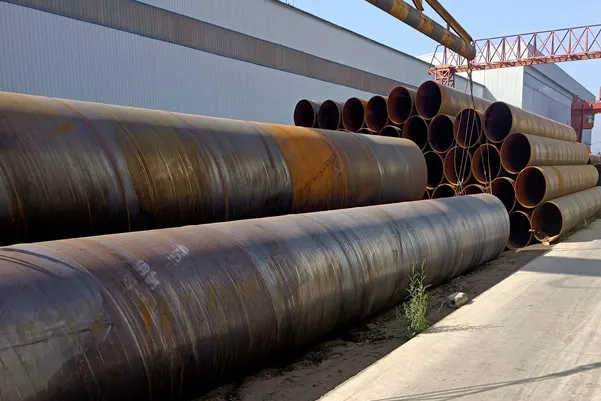
ERW (Electric Resistance Welded) Pipe: ERW steel pipe is made by heating and pressurizing the steel strip along the seam under the action of high-frequency current. It is commonly used for conveying liquids, gases and for structural purposes. Its common raw materials are carbon steels such as Q195, Q235, Q345, and alloy steel or stainless steel strips can also be used. Product types include ordinary, precision and galvanized types, with common specifications ranging from 1/2 inch to 24 inches. ERW steel pipe has the characteristics of small welds, high forming efficiency and low production cost. It is widely used in urban pipelines, machinery manufacturing, building scaffolding, oil casing and other fields. The pipes need to undergo water pressure, expansion, flattening, bending and other tests, and the welds must meet the quality standards of no cracks and no slag inclusions.
LSAW (Longitudinal Submerged Arc Welded) Pipe: LSAW steel pipe is made by bending medium and thick steel plates in a mold or forming machine and then double-sided submerged arc welding along the longitudinal direction. Commonly used raw materials are pipeline steel or structural steel such as Q235B, Q345B, X42-X80. The outer diameter range is generally 406mm to 1422mm, and the wall thickness can reach more than 50mm. This type of steel pipe has the advantages of high weld quality, good pipe body strength, and high dimensional accuracy. It is mainly used in important fields such as long-distance oil and gas pipelines, offshore platform structures, large bridge pile foundations, and high-pressure water pipelines. LSAW steel pipes are required to pass a number of strict tests such as water pressure testing, ultrasonic testing, X-ray flaw detection, low-temperature impact testing, etc. to ensure their reliable operation in high-strength, high-corrosion, and high-risk environments.
Selecting the right welded pipe requires a deep understanding of the material properties, applicable standards, and intended service environment. Whether it’s transporting oil across continents or supporting a building’s foundation, welded pipes play an irreplaceable role in modern infrastructure. With continuous innovations in metallurgy and welding technology, the range and performance of welded pipes continue to evolve, meeting the demands of ever-more complex applications.






 English
English Español
Español بالعربية
بالعربية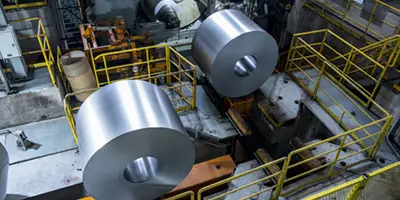

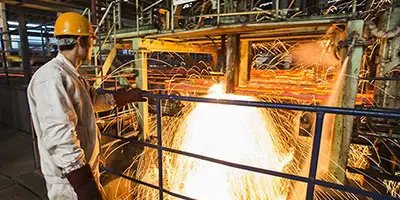
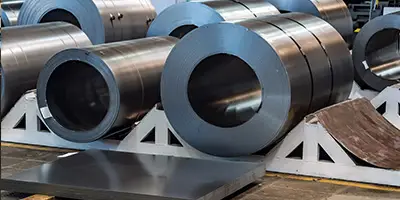

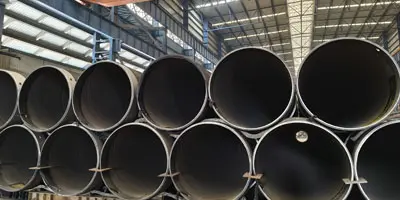
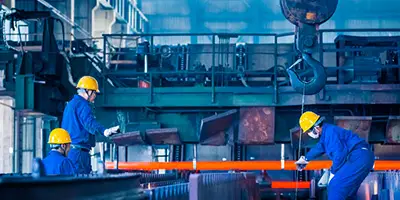
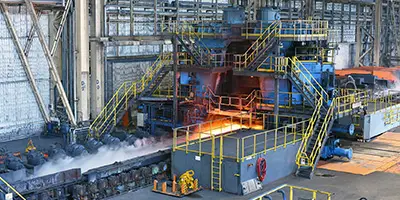
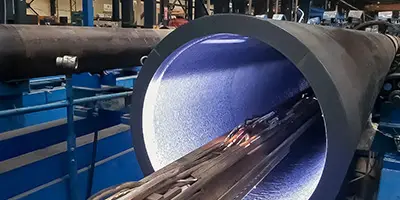
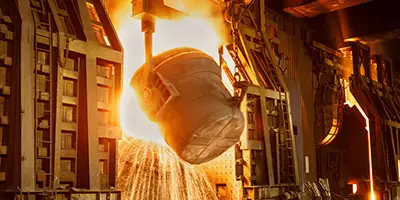
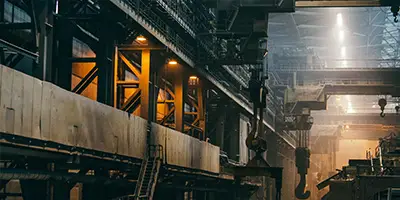

 Phone :
Phone :  Whatsapp :
Whatsapp :  Email :
Email : 


